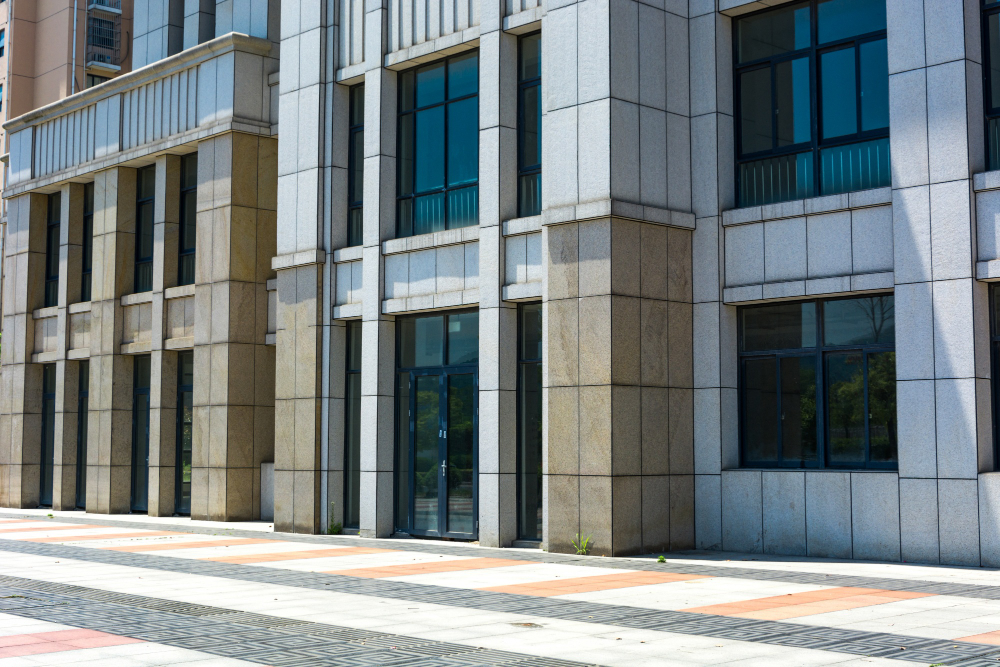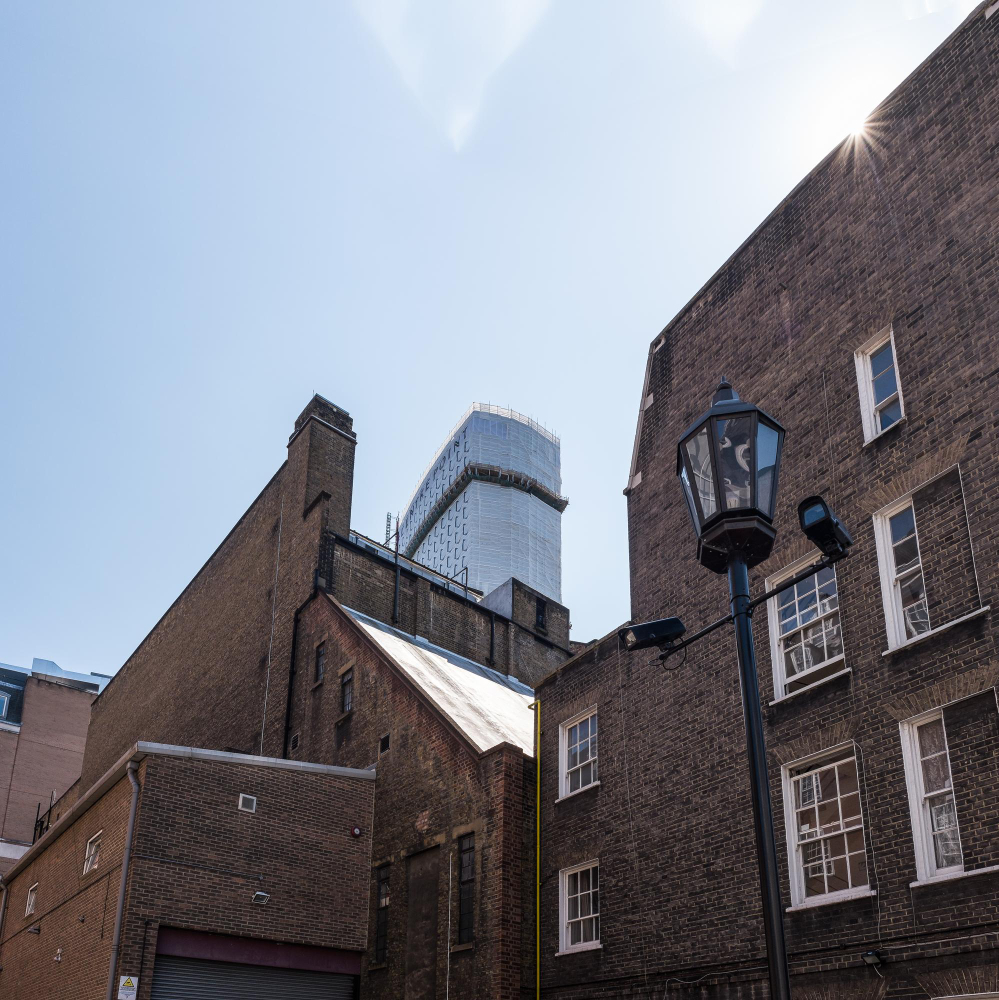Insight
It’s important, in order for us to understand your requirements from the outset in order to give the best commercial building consultancy advice we can.
Enquire
Signing a commercial lease is one of the biggest commitments a business will make, but it’s often rushed through under pressure to secure the right premises. This blog provides tenants with a practical, step-by-step checklist before signing, highlighting responsibilities, financial risks, and essential documents. With careful preparation and expert advice, tenants can avoid costly surprises and ensure their lease supports their long-term business goals.
Commercial Leases – Your Checklist
The right property can make or break a business. A well-located office, warehouse or retail space provides visibility, credibility and room to grow. But behind every attractive premise is a legally binding lease and it’s this document that shapes the financial and operational reality for tenants.
Commercial leases in the UK are notoriously complex. They are written to protect the landlord’s assets, not the tenant’s interests. Without proper checks, businesses risk signing up to hidden costs, restrictive covenants and unexpected liabilities.
This is why every tenant needs a clear, practical checklist before committing to a lease. Let’s walk through the key steps.
Before diving into the fine print, tenants must get clarity on the fundamentals:
This sets the stage for understanding your financial and legal obligations.


Repair clauses are among the most important, and most expensive, parts of a commercial lease.
Without careful negotiation, tenants can inherit liabilities for pre-existing defects.
The Role of a Schedule of Condition
This is a photographic and written record of the property’s state and arrangement at lease commencement. Without it, you could be held responsible for repairing issues that existed before you moved in or potentially liable for reinstatement of alterations that you didn’t undertake. A Schedule of Condition limits liability by showing exactly what you received.
Beyond repair, tenants should be clear on how they can (and cannot) use the property. Key areas include:
Permitted use clauses: These define what type of business activity is allowed in the property. Breaching them risks forfeiture of the lease.
The rent figure is only the beginning. Other costs can catch tenants off guard:
Careful budgeting is essential to ensure the lease remains affordable long-term.

5. Carry Out Property Due Diligence
Understanding the building itself is just as important as reviewing the paperwork.
Due diligence ensures you know exactly what you’re taking on and can strengthen your negotiating position with Landlord’s in terms of discussions around; rectifying known issues, exclusion of liabilities, increasing rent free periods or even getting capital contributions.

Two key documents protect tenants from unfair liabilities:
Equally important is legal advice. A solicitor experienced in commercial property will spot clauses that could tie your business in knots, from onerous rent review terms to hidden reinstatement obligations.
It may feel strange to think about leaving before you’ve even signed, but exit planning is crucial.
Express Covenants: Obligations in the lease that expressly state the Tenant must do something. Simply put they must be carried out even if in good condition. Typically found in re-decoration clauses.
Tenants who plan ahead, ideally from day one, are best placed to minimise disputes and costs at the end of their lease.

Get Peace of Mind
A commercial lease isn’t just a legal formality. It’s a long-term business commitment with major financial implications. By following this checklist, tenants can protect themselves from hidden risks, budget accurately and secure terms that genuinely support their operations.
At Bressummer ARK, we help tenants at every stage of the leasing journey, from pre-lease surveys to negotiating dilapidations at exit. Our role is to ensure you’re fully informed, fully protected and free to focus on growing your business.
Before you sign your next lease, let Bressummer ARK give you the clarity and confidence you need. Contact us today for expert advice on surveys, schedules of condition and tenant responsibilities.

It’s important, in order for us to understand your requirements from the outset in order to give the best commercial building consultancy advice we can.
Enquire